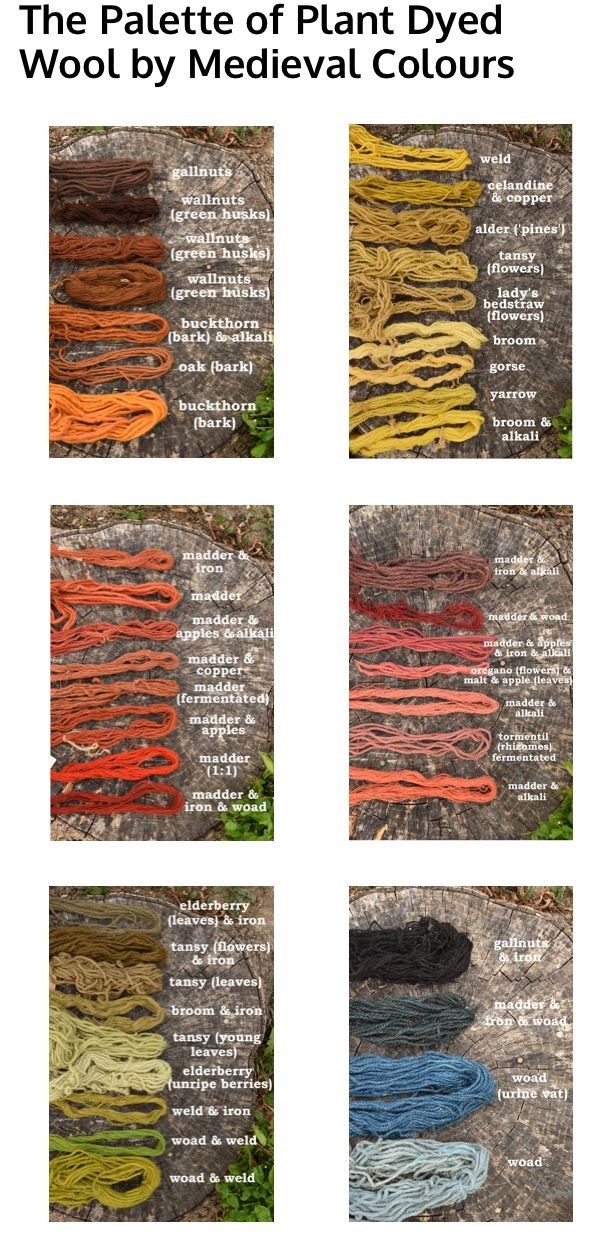Immortality Is An Interesting Thought Experiment. Yes, Looking Young While Being Shockingly Old Is A
Immortality is an interesting thought experiment. Yes, looking young while being shockingly old is a fun thing to suprise people with, but the concept of time itself would be so terrible that everything would be a blur. Your friend would have to correct you on what happened when.
"That happened in the 60s,"
Really? What century?
"1960's."
Was that during speakeasies?
"No, that was during the 1920's. The 60's had hippies and Woodstock."
Oh, yeah. Everything's been a blur since everyone got a car.
They'd also probably forget EVERYONE'S name because the immortal has been around for so long. So it'll feel like you're doing with your great grandparents all the time.
Henry?
"No, I'm Steve."
Oh. You remind me of Henry.
More Posts from Wholesomesmith and Others

you punch nazis!
(requested by anonymous)


A duel with swords and bucklers,illustrations from Paulus Hector Mayr's (1517-1579) Athletic Art (1540s).

Duel on combat sickles.

Illustrations depicting knights at a tournament.
The Bavarian State Library in Munich
Oh, I've written books on several topics... they're more like encyclopedias in a tutorial format that read like a super long YouTube video.
I'm a prime example of what happens when autism is allowed to go off and pointed in one direction

req'd by @ironboulderfan
LADIES AND GENTLEMEN, START. YOUR. ENGINES.
text: the sheer velocity of my autism is unmatched
Magic broken down:
Back before modern science, it and magic were the same thing; an incantation/blessing held as much water as making salt of tartar (K2CO2).
Remember, too, not literacy wasn't as high in Europe as it was in other places, so the act of just writing showed you knew stuff many didn't.
Also, geometry (simply a way to measure things using shapes and the relationships they can make [e.g. two circles; one inside and on outside an equilateral triangle have a ration of 1:2, 1/2, or .5]) was thought to show the secrets of the universe. Stone masons in Europe used geometry as a measurement tool, which was a large component for this train of thought. The topic of geometry is for a different post
Also, spells can be anything from charms, hexes/curses/jinxes, enchantments, or blessings.
Divination: the past, present, and future are already written somewhere, depending on the topic in question; be it in the stars (astrology), the hand of the person (palmistry), the dregs in a teacup, the endtrails of an animal, a casting of chicken bones or ruinstone, or the reading of playing cards (tarot); cold reading (a psychology trick of reading people), trances (commonly used by oracles), and dream reading are all valid methods
I'm not covering witch doctors, voodoo, and other categories because this is already going to be long enough.
Oracle: someone who goes into a trance via gases, psychedelics (fumes or consuming), etc, to predict the future.
An enchanter/enchantress: Those that mainly do enchantments
Witch: herbal based studies. They're basically the doctor of the group. It's not limited to just women.
The stereotypical witch in the woods is a result of the person rejecting the city and living in isolation and rejecting the beauty standards of that day so they focus more on their studies.
Their studies were kept in a book called a Grimoir/ book of shadows.
Wizard: Academic. You're more likely to find these people pouring over a library of books with multiple charts out, dividers in one hand, and a quill in the other
These people (mostly men, but women can be wizards) study just about everything with magic: astronomy/astrology, alchemy/chemistry, or geometry itself
Warlock: someone who devoted their life to a being far more powerful than man (eldrich beings or the like), letting the being grant them magic.
This is not a cleric.
Sorcerer: naturally gifted with magic.
Cleric: the priest. Devoting their life to a deity, which grants them forms magic.
Yashwa of Nazareth (Jesus Christ) was a cleric by this definition.
Druid: a nature cleric mixed with a witch. Their spirits are of nature, and they speak to Mother Earth.
Don't confuse these with shamen, which are druids mixed with oracles
Paladin: the priest with a sword.
These are my current findings.










The Norfolk Knife
The Norfolk Knife is an oversized exhibition knife with 75 blades/tools, made by Joseph Rodgers & Sons in 1851. It is exhibited in Cutlers’ Hall, the headquarters of the cutlers’ guild of Sheffield (officially the Company of Cutlers in Hallamshire). [x] [x]
The issue with sitting in a pile of money is that if it's set on fire, it all goes up in smoke.
All it takes is some gas and a match.
#agreed

More medieval dyes for y'all!

If I had $100 and I divided it among 0 people, how many dollars would each person get? Zero, for there's no one to divide the money.
There, I divided by 0 and didn't break reality
-
 kingtabywolf reblogged this · 1 year ago
kingtabywolf reblogged this · 1 year ago -
 isy-ferrante liked this · 1 year ago
isy-ferrante liked this · 1 year ago -
 wholesomesmith reblogged this · 1 year ago
wholesomesmith reblogged this · 1 year ago
